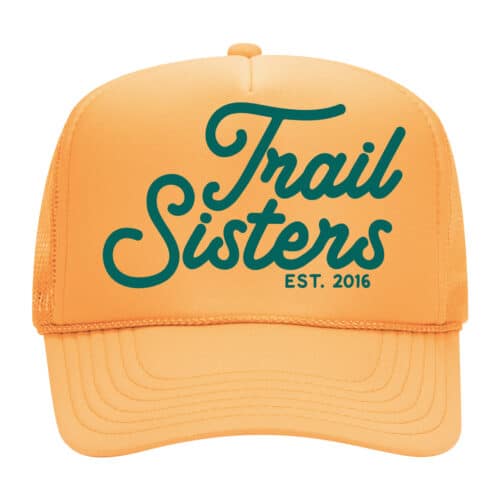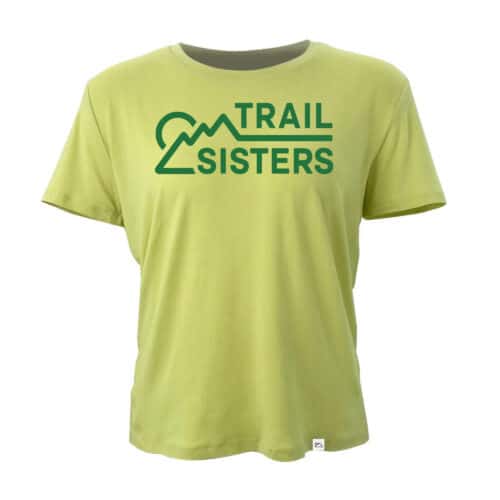We are all creative. We understandably bury some of our creativity as we age and go through school. In order for a society to hold together, we have to achieve some level of conformity. However underneath all of the rules and social mores we learned in infancy and toddlerhood, the creativity of our childhood is still there. I don’t think we loose it forever. I think our creativity just gets buried. We only have to excavate it. Training for a race or just training for fitness can be a way to reclaim our innate creativity. I think we need creativity because it is essential for gaining any level of mastery in an activity.
The question then becomes, if we need creativity to improve at our skill of choice, how do we reclaim what’s been lost? It can began through curiosity. Creativity and curiosity are deeply linked. Getting in the habit of being curious throughout a training cycle is a good place to start. What would happen if you incorporated two hill workouts a week instead of one? How would your body respond if you did more speed workouts than slow long workouts? Would you gain fitness faster if you worked out in the heat of the day versus the cool of the morning? Developing the habit of curiosity can start to remove the layers that may be blocking your natural creativity.
Watching a child play with a new toy can be helpful. Even if you show a child the “right” way to play with a particular toy, odds are they will try multiple different ways to play with it. I have multiple nieces and nephews and it never ceases to amuse me when I watch them explore a new toy. They think of ways to play with toys that would never have occurred to me as an adult. Odds are, adults all had that skill when we were children. Most of us have just lost that curiosity to experiment and wonder “what if”. We can reclaim it though.
It’s also helpful to remember that creation and analyzation need to happen separately. When you are being creative, it isn’t the time to think, “is this working?” That part of the process comes later. After you have done something creative, take time to reflect and notice the outcome of that creative act. Consciously separating the two acts can free you up while you are trying to be creative and also free you up to think clearer as you analyze.

Creativity is contagious. It has a wonderful way of seeping into all areas of our lives. Just like building our muscles through running can positively effect other areas of our life, building our creative muscles can also be applied across disciplines. In addition to running, I am a professional musician. One of my favorite genres of music to play is experimental free improvisation. When I perform with my colleagues, we do not decide anything beforehand. We walk on stage, pick up our instruments, and start playing and listening. Nothing is written down, nothing is talked about. We look at our instruments and each other and think, “what if?” As in, “what if I hold my bow a different way? What if I play softer? What if I don’t play at all? What sounds can I produce if I do this or that?” I have found that the more I work to develop my musical creativity, the more creativity seeps into other areas of my life.
The mental side of creativity is also important. Sometimes what you try doesn’t work. Sometimes changing the time of day you workout causes you to gain fitness slower. Sometimes incorporating more hills or speed work into your routine hinders your body’s ability to recover between workouts. When curiosity leads you to an outcome youdidn’t want, it helps to think, “well that’s interesting!” Instead of viewing something that didn’t get you where you wanted to go as a failure, think of it as a further opportunity to apply creativity. At the end of the day, running articles about training and what works and what doesn’t work don’t always apply to everybody in every situation. There have been a few times where I have incorporated training principals that I read in articles and it lead to negative results. Some training principals have only been tested on male runners. Those principals might not work for women.
When it comes down to it, we are all our own coaches and teachers. Building our creative muscles will help us solve the inevitable problems that arise as we train, race, and run. Thinking about an outcome as “interesting” takes our pride and ego out of the picture when we have tried something and it didn’t work the way we had hoped. I think ego can frequently get in the way of creativity. With our ego out of the way, we are able to think clearer as we regroup and make a different plan.
Running can be creative. Training has provided an outlet for creativity when I occasionally needed to step away from the music world. For instance, when there was a global pandemic. I think that just as healthy musicians are diverse musicians, healthy athletes are diverse athletes. Great musicians do not only practice the same song over and over or only practice one scale. They practice a variety of skills and pieces. Running is similar. Planning diverse training routes or shaking up a strength training routine can provide a way to stay motivated. It can also provide relief from the monotony of multiple high mileage weeks. Finding the limits of what your body can do in a creative way can mitigate some of the stress that comes along with pushing limits. If we are approaching our training with a creative mindset, odds are that we will be using our physical muscles in a different way. This can help us avoid overuse injuries. Obviously this isn’t an absolute. We don’t have complete control over if and when we get injured. But I have found that seeking to train with a creative mindset has helped my body stay mostly injury free throughout tough training cycles.
We are all creative. We all possess a certain level of creativity that has usually been buried by the demands of growing up. Working to excavate that buried creativity can help us as we seek to become better runners and people. We need creativity to improve at whatever we are trying to improve at. I believe that mastery of any craft, whether physical or abstract, can only come through applying creativity. The excavation process can start with getting in the habit of being curious. I encourage you to start by asking, “what if” and see where your creativity takes you!
















